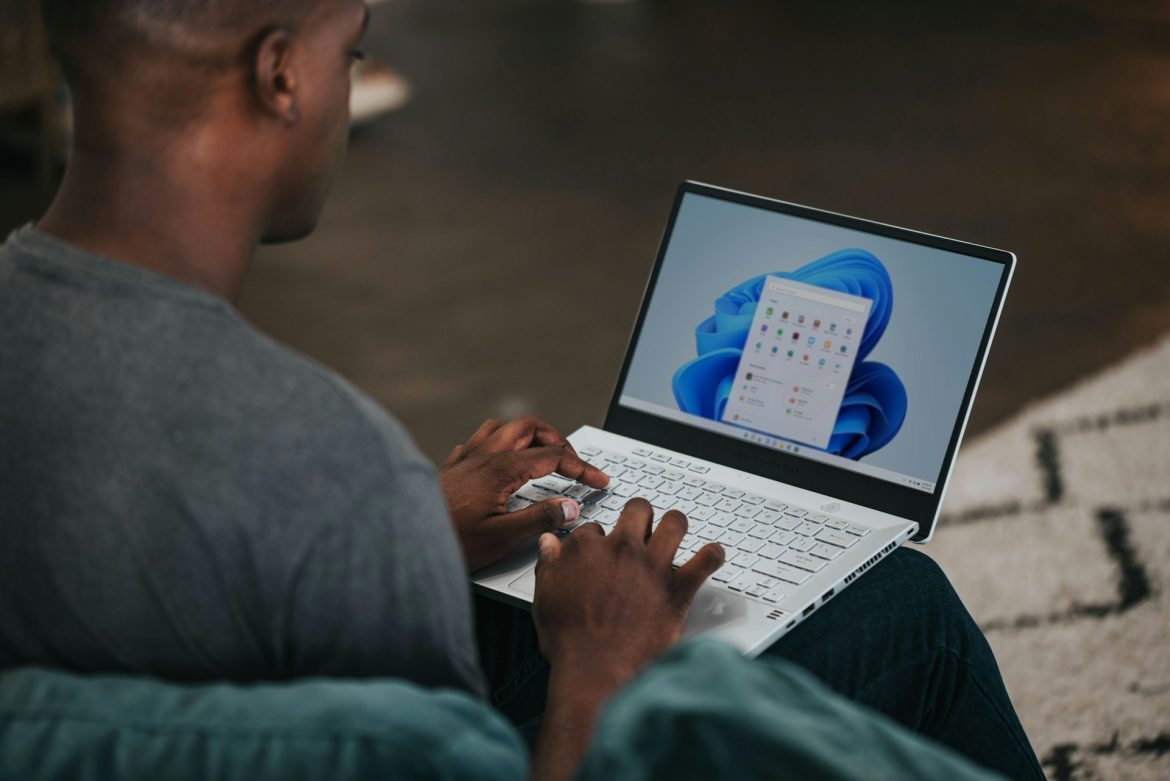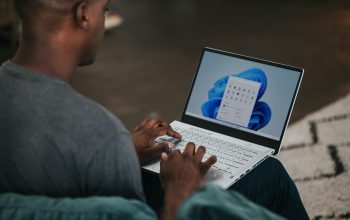Microsoft continues to shape and add new features to its beloved Windows 11, this time surprising everyone by announcing an update that will enable Windows 11 users to utilize their Android smartphones as webcams.
Slated for the upcoming March 2024 update for Windows 11, it promises to provide access to high-quality cameras for free, likely giving a significant boost to the now-prominent video calls in the era of remote work.
While not yet available to all users, the company has confirmed that this feature is currently being tested across all Windows Insider channels, indicating it won’t be long before it reaches everyone.
“With this feature, you’ll be able to wirelessly enjoy the high quality of your mobile device’s camera on your PC with flexibility and ease. Some capabilities include the ability to switch between the front and rear cameras, pause the stream during interruptions, and enjoy the effects provided by your mobile model,” explains Microsoft.
Windows 11 aims to revolutionize the webcam market. Currently, video calls dominate. However, the built-in cameras on computers are not an area where manufacturers have focused, resulting in rather mediocre video quality.
It’s true that you can purchase high-quality webcams with models offering resolutions up to 1080p and 4K. Yet, most smartphones surpass these capabilities, making the integration of mobile devices as webcams a more logical choice.
With this update, you’ll be able to use your device as a camera, and it’s said to be compatible with applications like Zoom, Google Meet, and Microsoft Teams, among others. Furthermore, users will be able to switch between the front and rear cameras, pause the transmission, and of course, use any effects available on the mobile.
Despite the numerous advantages this function offers, there are some requirements users must meet to fully utilize it. An Android mobile with Android 9 or higher, along with the appropriate version of the Link to Windows app, will be necessary. Additionally, certain adjustments in the Bluetooth and mobile device settings on the computer will be required to enable this experience.
Aside from a few simple nuances to comply with, all that remains is to wait and see when this great feature, which many are eagerly anticipating, finally arrives. This may also encourage those lingering users still on Windows 10 to make the switch.



